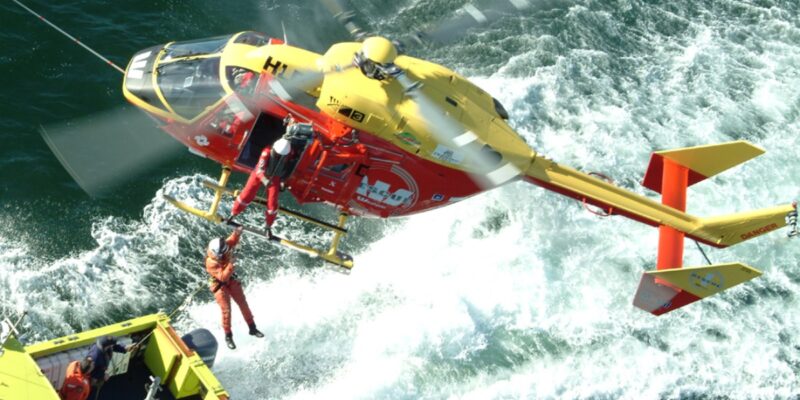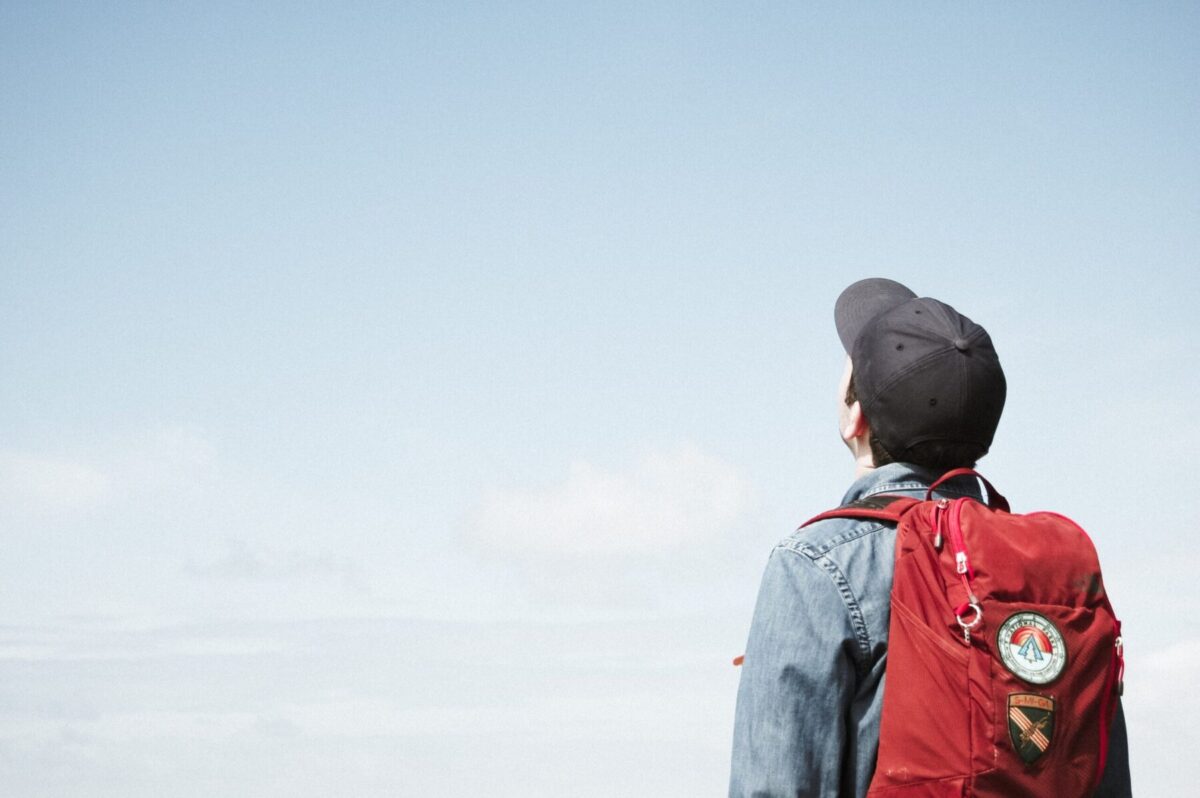NVGs
Header
New Night Vision Goggles
Thanks to you, the crew is ready for anything – day or night.

Each week 28 people need time-critical aeromedical care. With your support, the Westpac Rescue Helicopter and Air Ambulance Planes are there in their moment of need.
Essential for nearly a quarter of our missions, night vision goggles magnify ambient light thousands of times, allowing the Westpac Rescue Helicopter to land on unlit roads, in paddocks, and conduct search and rescue missions in the middle of the night.
First purchased by Life Flight in 2007, today it is hard for pilots to imagine flying at night without them. Pilot Harry, the Chief Helicopter Pilot at Life Flight, recalls:
For us pilots they are one of the biggest technological advances since the advent of GPS. Looking back to the time before we had goggles it is difficult to believe the extra risk flight teams were exposed to operating at night, especially with the Wellington region’s combination of unpredictable weather and terrain.
– Pilot Harry
The Wellington region’s varying landscape makes night flying challenging. From city to sea, rolling hills and mountainous terrain. At night it can be difficult to keep a visual reference to the horizon (a sense of what is up and down), and that can lead to pilot disorientation.
But Harry says the biggest risk is the wires –
“Coming into land in rural areas close to houses we know there will be wires somewhere. In low light they can be nearly impossible to spot. The goggles help us to see the structures around the wires, such as poles. The goggles provide a massive safety boost, enabling us to see the terrain and make sense of things. They are also hugely important when we fly search rescue missions at night.”
New White Phosphor Night Vision Goggles
Currently, Life Flight has four pairs of green phosphor goggles – turning night into a green-tinged day. These were purchased in 2007 and, as you can imagine, technology has vastly improved since then. With your support, we will fund two pairs of white phosphor goggles.
Benefits of the new White Phosphor Night Vision Goggles include:
Training
Once they arrive at the airbase, our pilots and crew will undergo thorough training including an intensive ground course and a minimum of five hours’ flight training. Then, pilots and crew will be closely monitored by instructors until they have built sufficient experience operating at night using the Night Vision Goggles.
We are so looking forward to receiving an upgrade to such an essential piece of equipment. This improved technology will further improve safety and capability for our crew, and are critical in helping them safely navigate to those who urgently need their help.
You might also like

